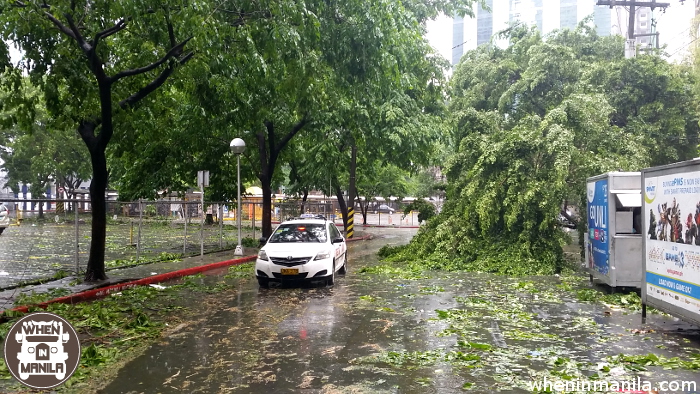Verisk Maplecroft’s Natural Hazards Risk Atlas 2015 is a study that assesses the natural hazard exposure of over 1300 cities worldwide, which are selected based on their importance as significant economic and population centers in the coming decade. Of the 100 cities with the greatest exposure to natural hazards, 21 are located in the Philippines, 16 in China, 11 in Japan and 8 in Bangladesh.

The Philippines’ extreme exposure to countless natural hazards is reflected by the inclusion of no less than eight(!) of the country’s cities among the top ten most at risk globally, including Tuguegarao, Cagayan (2nd), Lucena, Quezon province (3rd), Manila (4th), San Fernando, Pampanga (5th), Cabanatuan, Nueva Ecija (6th), Batangas (7th), San Carlos (9th) and Naga, Bicol (10th). Port Vila in Vanuatu (1st) and Taipei City, Taiwan (8th) are the only cities not located in the Philippines to feature in the Top 10.
The study continues to say that natural hazard risk is compounded in the Philippines by poor institutional and societal capacity to manage, respond and recover from natural disasters, something that can be observed time and time again after calamities hit. In addition to assessing exposure, the Natural Hazards Risk Atlas also evaluates a country’s ability to manage and mitigate the impacts of natural hazard events through something called the Socio-economic Resilience Index. While Japan, which ranks 178th out 198 countries for resilience, is classified as ‘low risk,’ the Philippines (80th), is considered ‘high risk’, in part due to entrenched corruption and high levels of poverty.
Dr Richard Hewston, Principal Environmental Analyst at Verisk Maplecroft, had this to say about the study: “With foreign investment continuing to flow into countries highly exposed to natural hazards, those which are unable to demonstrate robust resilience may lose an element of their competitiveness. Company decision-making over sourcing locations or market entry is increasingly influenced by issues such as strength of infrastructure and institutional robustness.”
The message then is pretty clear: If the Philippines wants to compete on a global scale in the long term, then the risk of natural disasters isn’t a problem as long as there is enough resilience in place to deal with the fallout. This means better government responses and better disaster preparedness are vital for economic success, and the fight against corrupt elements in the way of these efforts must continue at an advanced pace to ensure a bright future for the country.






